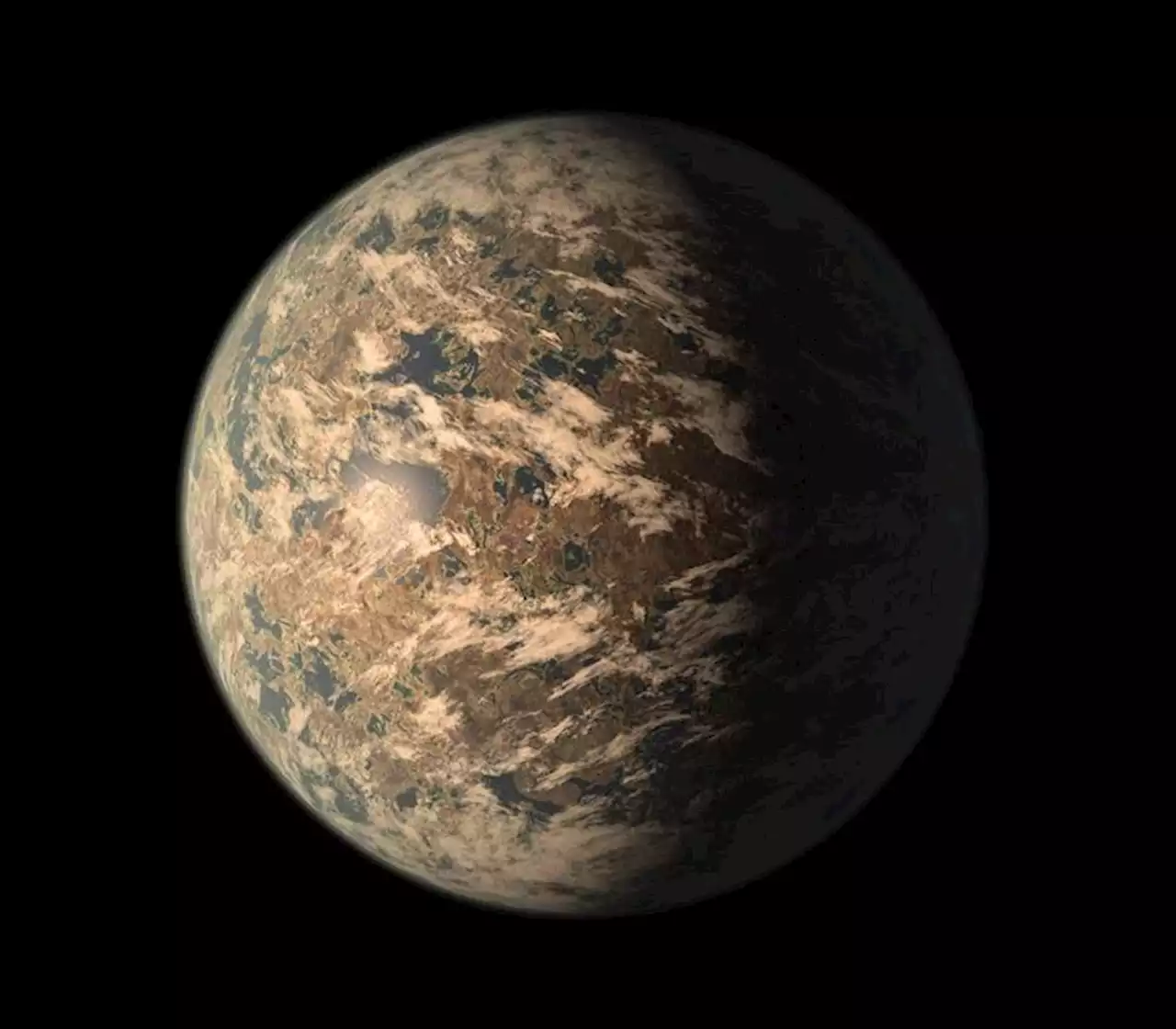To search for alien life, astronomers will search for clues in the atmospheres of distant planets – and NASA's James Webb Space Telescope just proved it’s possible to do so. The ingredients necessary for life are spread throughout the universe. While Earth is the only known place with life in the
. If the atmosphere or surface was transformed by life, the light may carry a clue, called a “biosignature.”
When light bounces off the surface of a material or passes through a gas, certain wavelengths of the light are more likely to remain trapped in the gas or material’s surface than others. This selective trapping of wavelengths of light is why objects are different colors. Leaves are green because chlorophyll is particularly good at absorbing light in the red and blue wavelengths.
United States Latest News, United States Headlines
Similar News:You can also read news stories similar to this one that we have collected from other news sources.
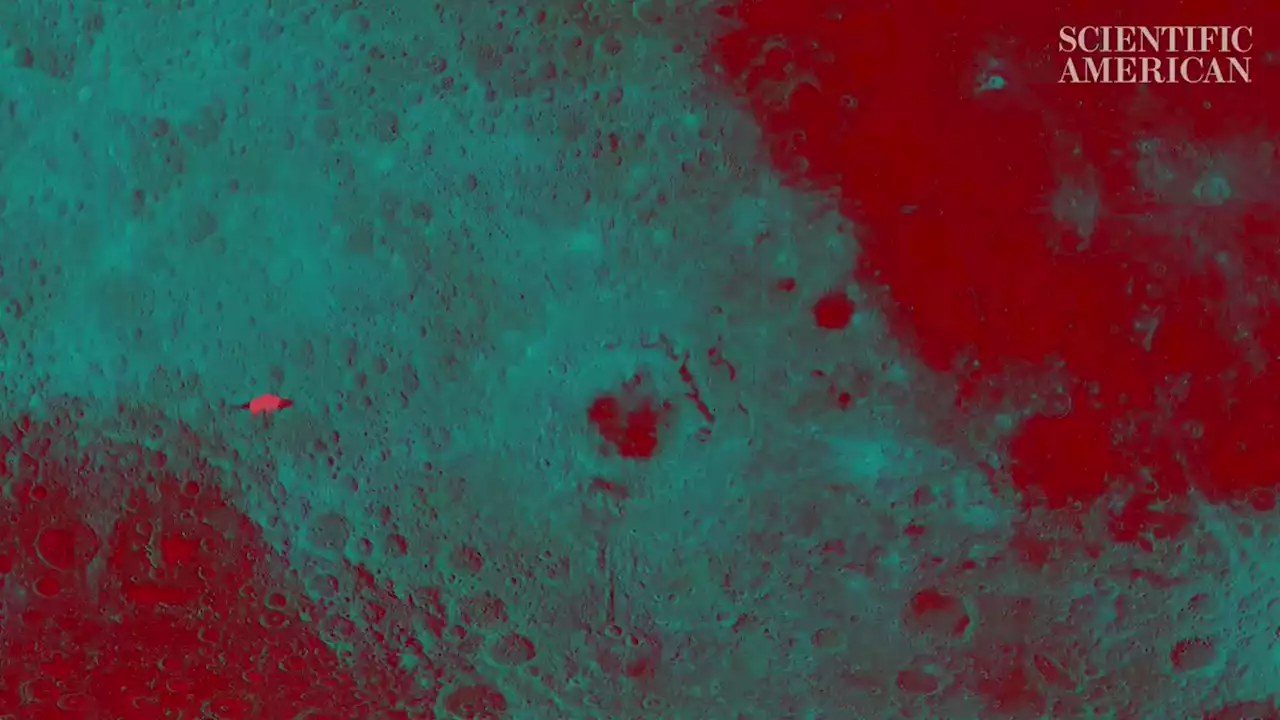 See the Oldest View of Our Known Universe, Just Revealed by the James Webb Space Telescope“We can actually detect the heat of a bumblebee if it was flying around on the surface of the moon—that's how sensitive this telescope is.” 🎥 Watch our short documentary on JWST, the most powerful space telescope ever made:
See the Oldest View of Our Known Universe, Just Revealed by the James Webb Space Telescope“We can actually detect the heat of a bumblebee if it was flying around on the surface of the moon—that's how sensitive this telescope is.” 🎥 Watch our short documentary on JWST, the most powerful space telescope ever made:
Read more »
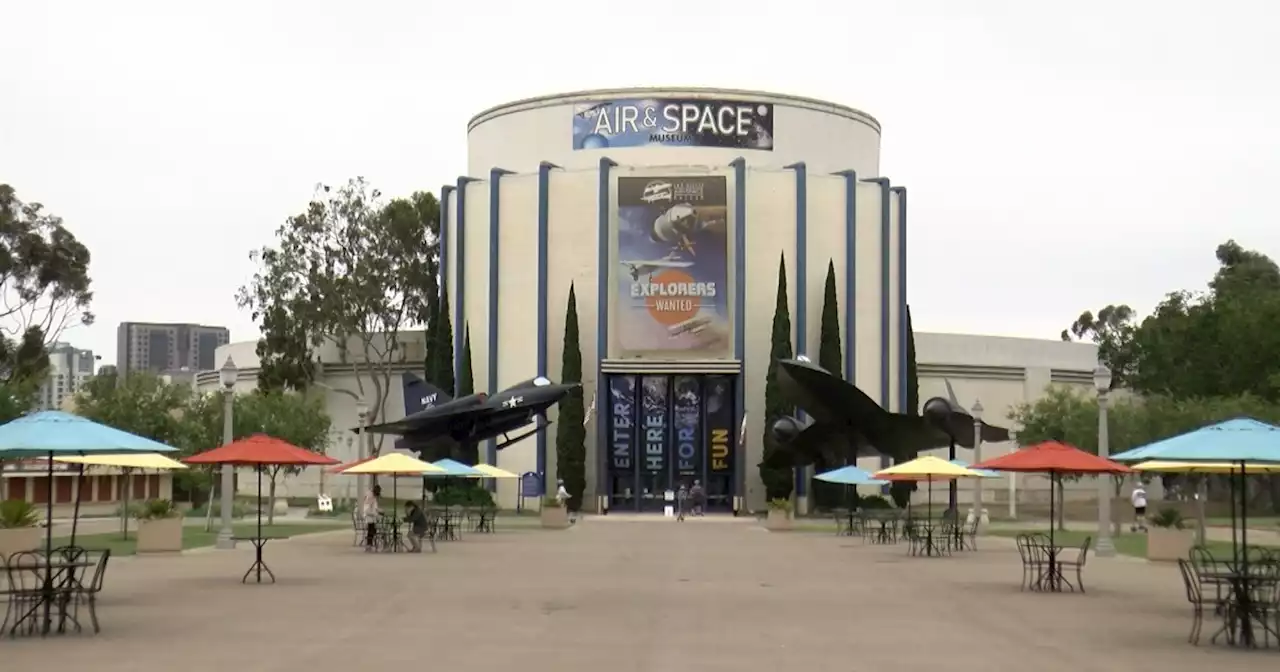 Children learn about the James Webb Space Telescope at Air & Space Museum“I think that you can even treat these images as art and kind of take in the beauty of our galaxy,' Air & Space Museum director of education Becky Gould said. 'And then there are ways to simplify things to colors or to things that we do know on Earth.'
Children learn about the James Webb Space Telescope at Air & Space Museum“I think that you can even treat these images as art and kind of take in the beauty of our galaxy,' Air & Space Museum director of education Becky Gould said. 'And then there are ways to simplify things to colors or to things that we do know on Earth.'
Read more »
 NASA's James Webb Space Telescope imaged Jupiter's rings and moons, in white-hot infraredNASA released new images of Jupiter from its groundbreaking James Webb Space Telescope Thursday. The infrared images are so clear that you can see Jupiter's thin rings and some of its moons.
NASA's James Webb Space Telescope imaged Jupiter's rings and moons, in white-hot infraredNASA released new images of Jupiter from its groundbreaking James Webb Space Telescope Thursday. The infrared images are so clear that you can see Jupiter's thin rings and some of its moons.
Read more »
 James Webb Space Telescope pictures: Your questions answeredThe first set of science images from the James Webb Space Telescope revealed marvellous stars and galaxies. Space reporter Leah Crane answers all your questions about these pictures and the possibilities for JWST
James Webb Space Telescope pictures: Your questions answeredThe first set of science images from the James Webb Space Telescope revealed marvellous stars and galaxies. Space reporter Leah Crane answers all your questions about these pictures and the possibilities for JWST
Read more »
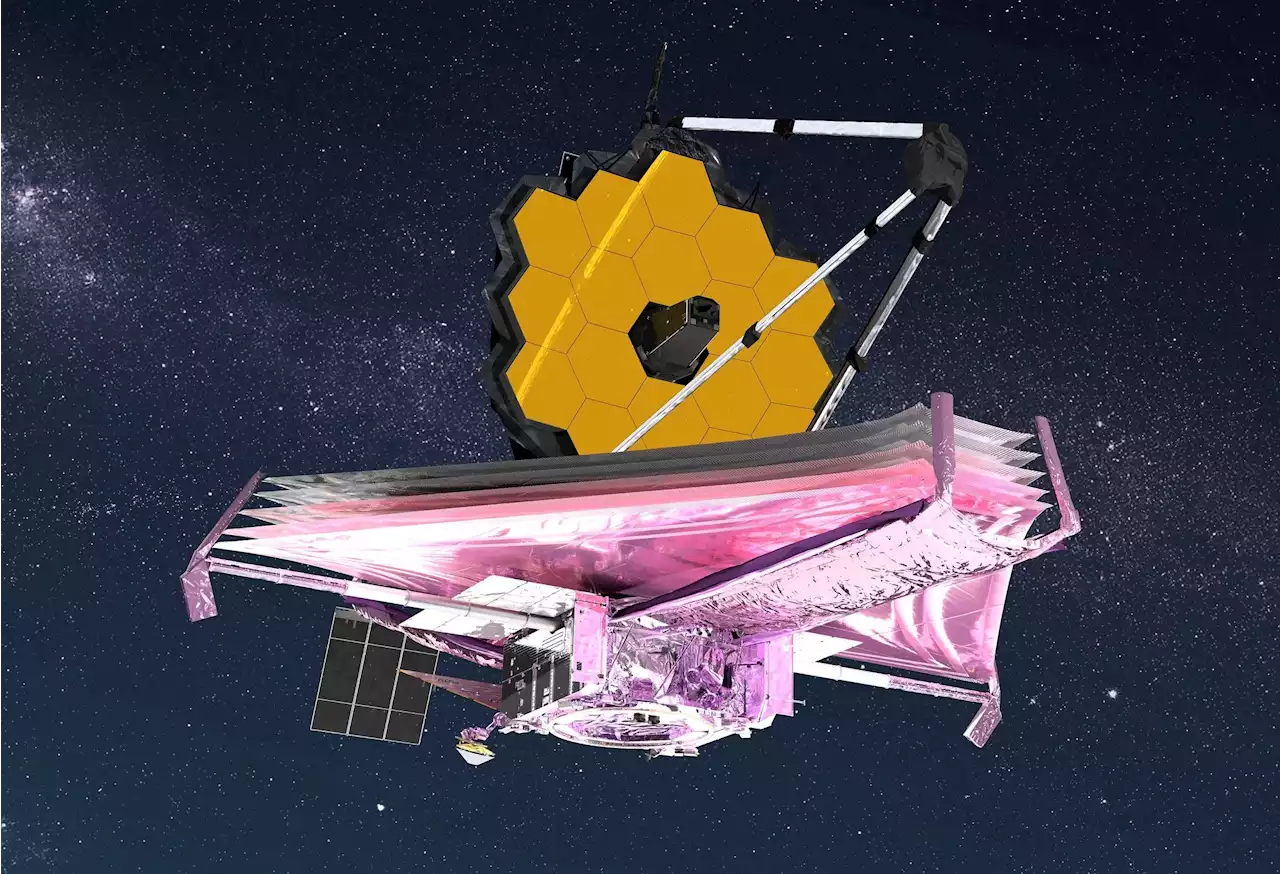 James Webb Space Telescope is about to beam us monster amounts of cosmic dataOver the next few days, JWST will release roughly 50 terabytes of data—more than 400 times Hubble’s weekly transmission—to the public.
James Webb Space Telescope is about to beam us monster amounts of cosmic dataOver the next few days, JWST will release roughly 50 terabytes of data—more than 400 times Hubble’s weekly transmission—to the public.
Read more »
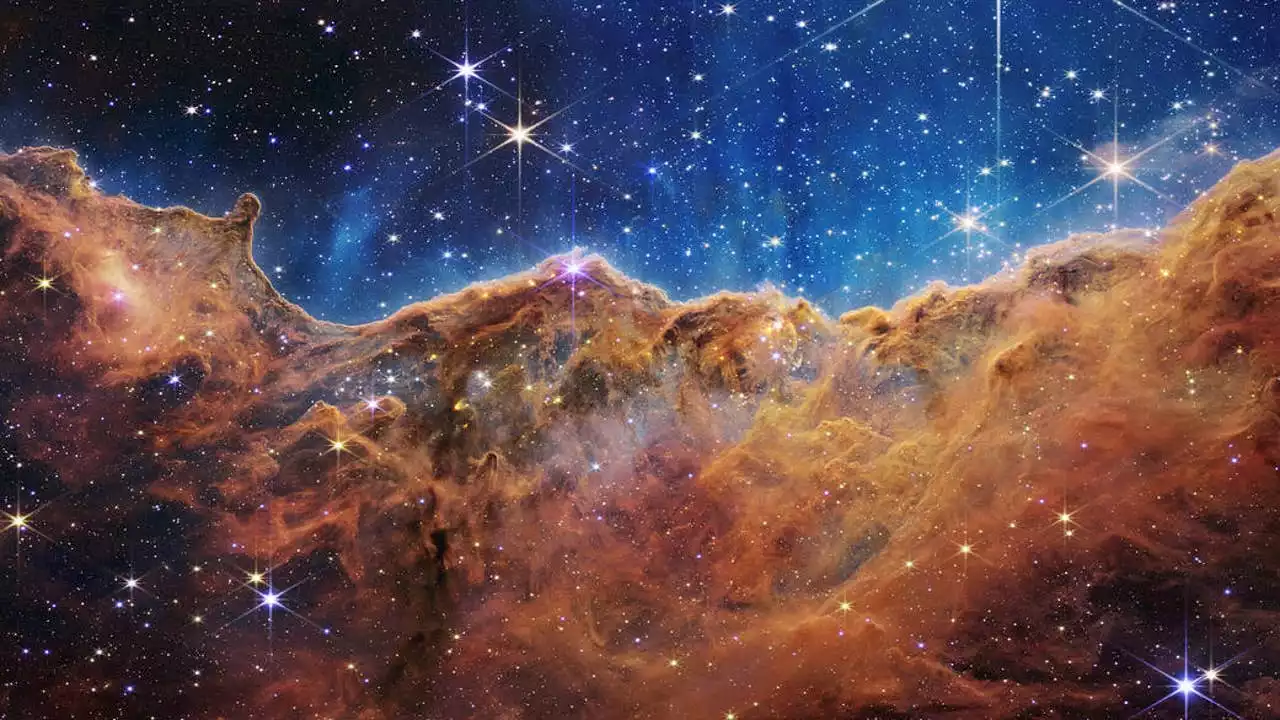 Chicago area astronomers over the moon after being awarded time with James Webb Space TelescopeAllison Strom, an assistant professor of physics and astronomy at Northwestern University, is next in a long line of astronomers who got permission to use the James Webb Space Telescope.
Chicago area astronomers over the moon after being awarded time with James Webb Space TelescopeAllison Strom, an assistant professor of physics and astronomy at Northwestern University, is next in a long line of astronomers who got permission to use the James Webb Space Telescope.
Read more »
